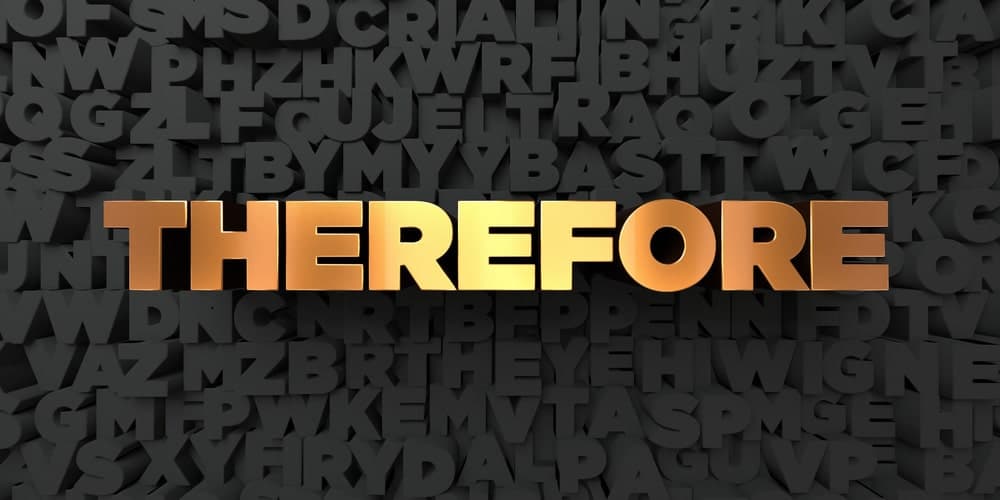
Conjunctions came to improve the organization of ideas in a sentence. They might be short words, but no one should ignore their importance and functionality. Reading paragraphs would be super boring without them.
A conjunction is a part of speech used in joining clauses, phrases, words, and sentences. They help you organize and enhance the flow of your ideas and relationships in a sentence. In this article, you will learn about the different types of conjunctions.
It’s time, let’s start!
Related: Types of Adverbs | Types of Diction | Types of Adjectives | Types of Verbs | Types of Pronouns | Types of Prepositions | Types of Nouns
Coordinating conjunctions
What is a coordinating conjunction?
A coordinating conjunction is a word that joins two clauses that are equal grammatically. They are used to bring two ideas that you can connect to one sentence.
In the English language, there are seven coordinating conjunctions. To easily remember, we use the acronym FANBOYS;
F – for
A – and
N – nor
B – but
O – or
Y – yet
S – so
Functions of coordinating conjunctions

For – explains the necessity of a situation.
Example: I respected her for what she did to me. (it explains the why in a sentence)
And – it is used when two similar points have been made.
Example: The boy hit the car with a stone and ran away.
Nor – it is used after neither (neither, -nor). When we have two similar clauses but in a negative sense, we use “nor.”
Example: She is neither funny nor informative.
But – It is used to show a contrast between two clauses.
Example: He is a wealthy man but very stingy.
Or – it gives a suggestion or an option in a sentence.
Example: Don’t watch the movie alone, or you’ll spoil the fun.
Yet – shows contrast despite something positive(effort)
Example: The police arrested him, yet they don’t have the evidence.
So – it shows the effect or result of something.
Example: I have just left the market, so I’m not going back there.
You will come across several patterns involving coordinating conjunctions. Therefore, it is essential to learn how to punctuate every design correctly;
When connecting two clauses;
Whenever you connect two or more clauses in a sentence, always use a comma.
Formula: main clause, +coordinating conjunction+ main clause
Example: I have seen this man before, but I can’t remember where.
When connecting two items;
Often are times when you want to connect two items in a sentence. You can always use a coordinating conjunction. However, this item should never be the main clause.
Formula: item+ coordinating conjunction+ item
Example: My room is too classic but too small.
My bike is expensive and fast.
When connecting three or more items;
Whenever you are listing a series of items in a sentence, you probably use a coordinating conjunction. Whenever you use one, always place a comma before the conjunction.
Formula: Item1+, item2+, +coordinating conjunction + Item3
Example: I bought oranges, tomatoes, and mangoes at his shop.
Subordinating Conjunction
Subordinating conjunctions are words that join a dependent clause and an independent clause. They indicate the relationship between the two clauses. You might be asking what an independent and dependent clause is; well, let’s find out using an example.
John closed the book after finishing writing the notes.
You’ll notice this sentence has two clauses; “John closed his book” and “finishing writing the notes.” “after” is the subordinating conjunction.
You’ll notice that clause “John closed his book” has a subject, a verb, and a complete meaning. Therefore, it is an independent clause. On the other hand, “finishing writing the notes” has no subject. Consequently, it is a dependent clause.
Categories of subordinate conjunctions
Comparison
They are used to compare two elements in a sentence. They include: than, rather than, whether, as much as, whereas, etc.
For example, in a sentence;
John doesn’t earn as much as Mary.
Peter chose to stay rather than leave the party.
Relative

They bring a relationship between the independent clause and the dependent clause. Some relative subordinate conjunctions are: which, that, whatever, whichever, etc.
For example, in a sentence;
Jane uploaded the clips which she had taken.
He chose the course that I chose.
Time
They narrate the “when” between the two clauses. Some of these conjunctions include: after, as soon as, before, as long as, by the time, now that, since, once, till, until, when, while, whenever, etc.
Example in a sentence;
She ran away after seeing the teacher.
I began celebrating as soon as I saw the result.
Concession
These are conditional conjunctions that respond to demands. For example, though, although, and even though.
Some examples in a sentence:
Although the dog is amiable, it barks at me whenever I visit.
Though I told him I don’t want company, he still insisted on coming.
Reason
These conjunctions explain why something happened in the independent clause. They include: because, since, so that, in order, that and as.
Example in a sentence:
The teacher sent him home because he was late.
I’ll take a lot of fruit so that I can improve my immunity.
Manner
They explain the “how” in a sentence. For example, how, as though, and as if.
Example in a sentence:
I taught him how to drive.
They love each other as though they were teenagers.
Condition
These conjunctions bring the conditional aspect in a sentence. They include: unless, if, only if, provided that, assuming that, even if, lest, and in case(that).
Examples in a sentence:
You won’t succeed lest you work hard.
Unless you’re smart, I won’t take you with me.
Place
We use them where the sentence is talking about locations. They are where and wherever.
Examples in a sentence:
This is the town where I was born.
Where you are, you can call me if you need me.
Relative pronouns
You can use these pronouns as conjunctions in a sentence. They include; who, whoever, whom, whomever, and whose.
Example in a sentence:
This is the man who was recognized by the president.
He’s the guy whose car caused an accident.
Correlative conjunctions

These conjunctions work as a pair to join phrases and words with the same importance in a sentence. The pairs coordinate to relate the two clauses. Let’s check how you can use them;
Example of sentences with a correlative conjunction
Either and or
You can either take a cab or drive yourself to work.
Neither…nor
He is neither tall nor fat.
Both.., and
Both English and Chinese are gaining popularity in Africa.
Whether and or
Whether you love them or hate them, they don’t care.
Not only and but also.
He owns not only the mansion but also the mall.
No sooner and than
No sooner had the train left the station than he arrived.
Not and but
In business, what matters most is not the profit but satisfying the customer.
Correlative conjunctions are very tricky when using them in sentences. Below are the three rules you should follow to avoid making grammatical mistakes;
Subject-Verb agreement

Always join two singular subjects with a singular verb. Check the examples below;
Neither the boy nor the girl was in the house.
Always join two plural subjects with a plural verb. For example;
Either the parents or the teachers were complaining about the current education system.
You can learn more about the subject-verb agreement here.
Antecedent- Pronoun agreement
Pronouns refer to antecedents which need to have been forementioned in the sentence. If they are mentioned in the singular, the pronoun must be singular. However, if they are in the plural, the pronoun must be plural. Check the examples below;
Either John or peter failed his final exam. (singular)
Both the teachers and the students had errors in their final projects. (plural)
You can learn more about the antecedent- pronoun agreement here.
Parallel structure
A parallel structure is the flowing of ideas to follow the same grammatical structure, improving your sentences’ clarity. For example;
My brother not only likes to watch movies but also play football.
The above sentence is not parallel. A verb follows the first conjunctions, while a preposition phrase follows the second conjunction. Instead, it could be;
My brother not only likes to watch movies, but he also likes to play football.
Here are three tips to keep in mind when using correlative conjunction;
Never use a comma unless there is an independent clause in the second correlative conjunction.
Always avoid double negative when using “neither…nor.”
Always observe the logic rule.
Conjunctive adverbs

These conjunctions work similarly to the coordinating conjunctions; they connect independent clauses. Conjunctive adverbs include: however, otherwise, instead, nevertheless, then, eventually, on the other hand, in contrast, and therefore.
Examples in a sentence:
I love what you are doing; however, you should focus on improving your skills.
He received multiple blows; nevertheless, he still woke up and fought.
To sum up, conjunctions are very important in the English language. They help you arrange your ideas logically and spice up your content. Therefore, understanding how to use them correctly is vital and essential.
FAQs
Is “then” conjunction?
Grammatically, “then” is not a conjunction but an adverb. For example;
She drove a few miles, then stopped. (is incorrect)
She drove a few miles and then stopped. (correct)
Can you start a sentence with coordinating conjunction?
Yes. However, be careful not to leave sentence fragments.
What is the use of Neither and nor?
Neither and nor are used to connect two negative sentences to avoid redundancy. For example, assuming you have the following sentences in your paragraph;
Jane is not tall. Peter is not tall.
You can combine them and avoid repetition.
Neither Jane nor Peter is tall.

Jon Dykstra is a six figure niche site creator with 10+ years of experience. His willingness to openly share his wins and losses in the email newsletter he publishes has made him a go-to source of guidance and motivation for many. His popular “Niche site profits” course has helped thousands follow his footsteps in creating simple niche sites that earn big.





